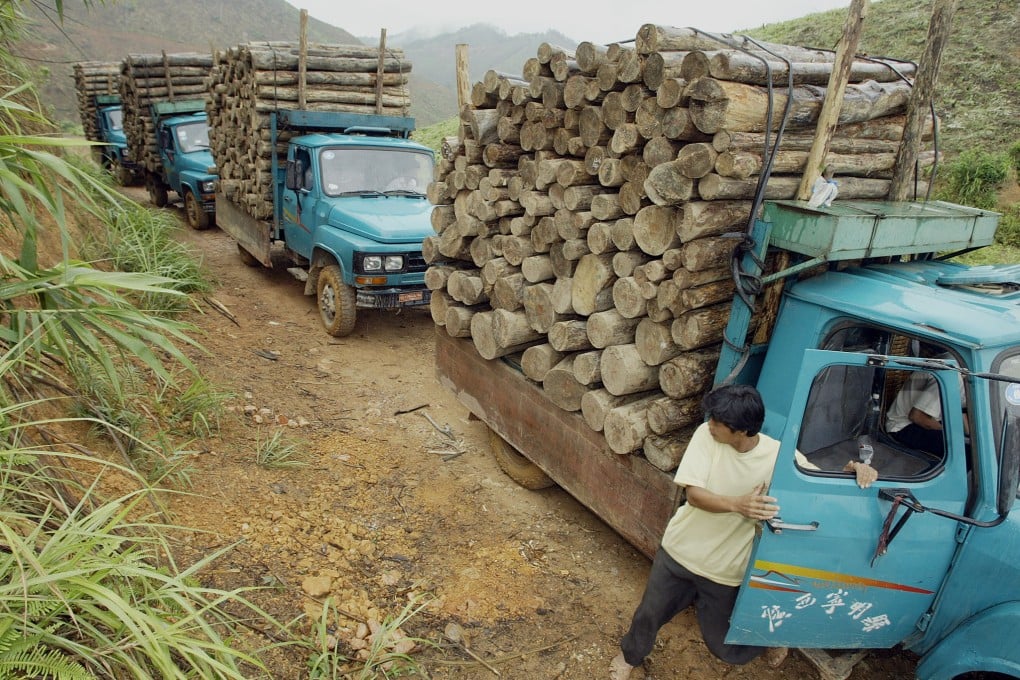Environment in southwest China 'overwhelmingly' shaped by human activity for more than 1,800 years
Analysing sedimentary records from the Red River, which originates on the southeast Tibetan plateau and enters the South China Sea near Hanoi, scientists found traces of aggressive human activities, such as the massive destruction of forests, farming, and mining, from the Han Dynasty onwards.

Human activity has had an "overwhelmingly" destructive effect on the natural environment in the region between Vietnam and the Tibetan plateau since the late Han Dynasty nearly two thousand years ago, according to a new study by Chinese scientists.
Analysing sedimentary records from the Red River, which originates on the southeast Tibetan plateau and enters the South China Sea near Hanoi, the scientists found traces of aggressive human activities, such as the massive destruction of forests, farming, and mining, starting as early as 1,800 years ago.
The start of environmental destruction in Vietnam occurred within the Second Chinese Domination period in Vietnamese history from AD43 to 544 .
After conquering most parts of Vietnam and naming it Jiaozhi province, the Eastern Han Dynasty maintained a strong military presence in the region, constructing a number of settlements to suppress local resistance.
Before AD220, the landscape of the region was predominantly shaped by natural elements such as rain and wind, according to sedimentary records, which were obtained near the mouth of Red River in the South China Sea.
But around that time, which marked the end of the Han Dynasty, “enhanced human activity overwhelmed the natural climatic controls on erosion in the Red River,” the researchers said in the paper.
